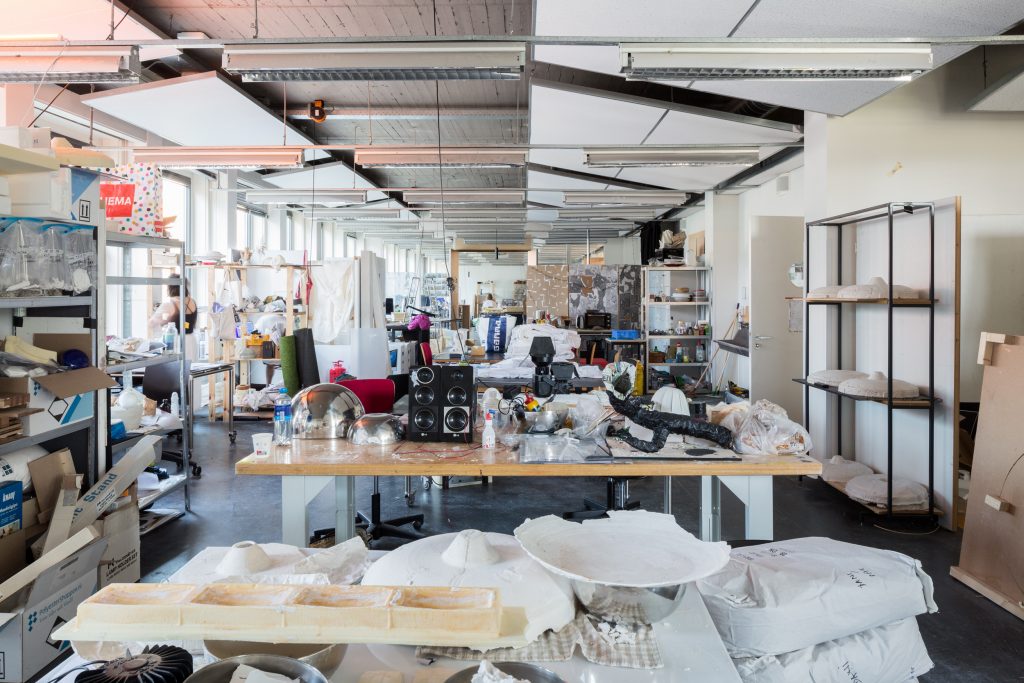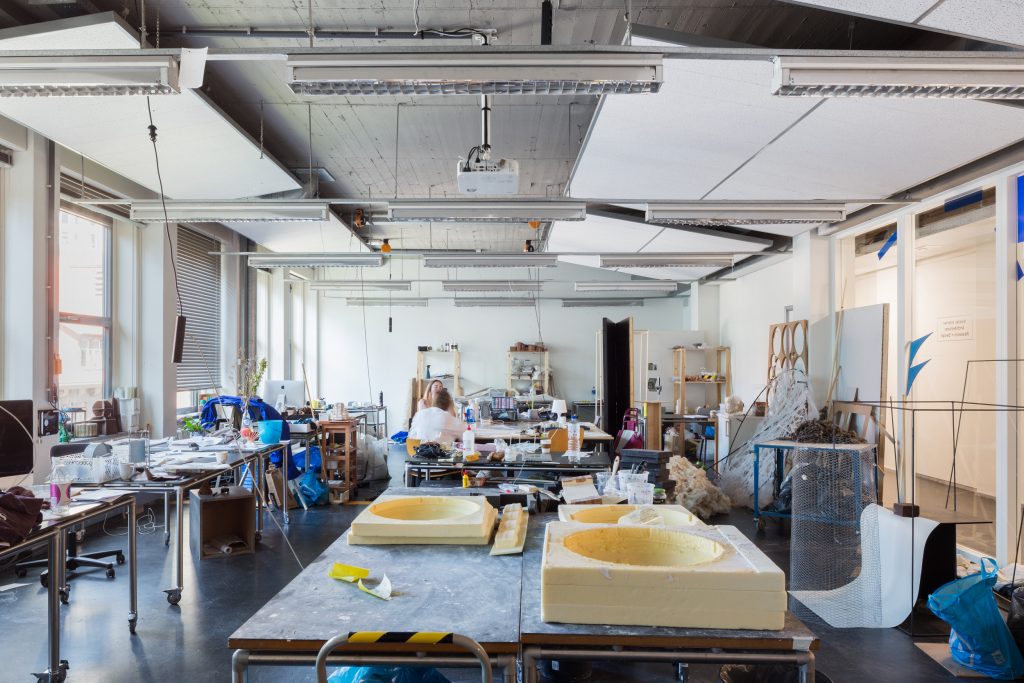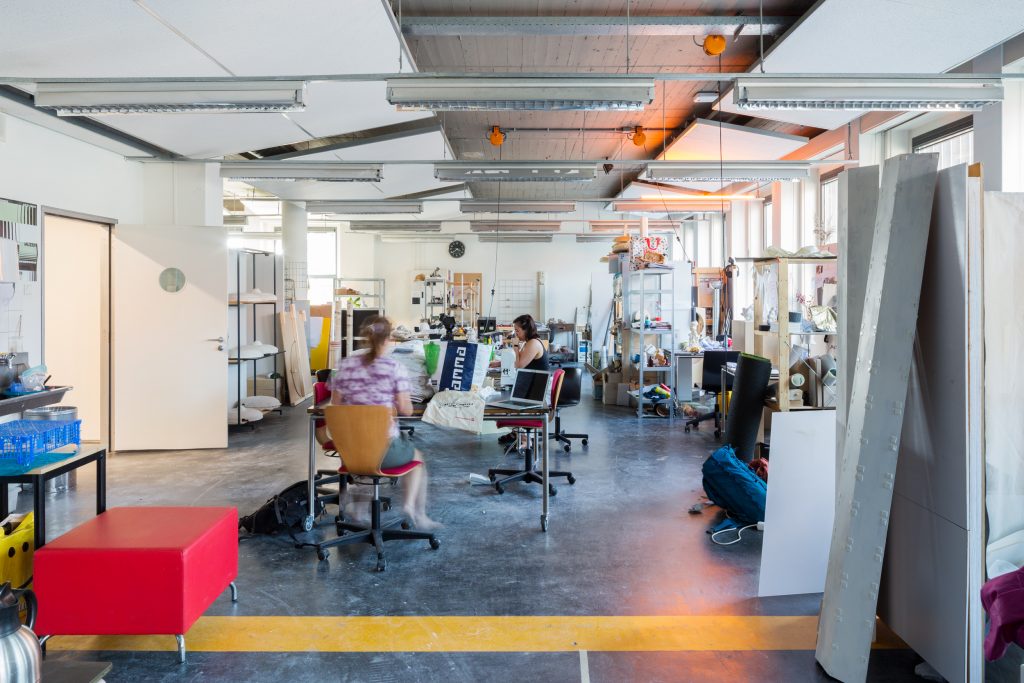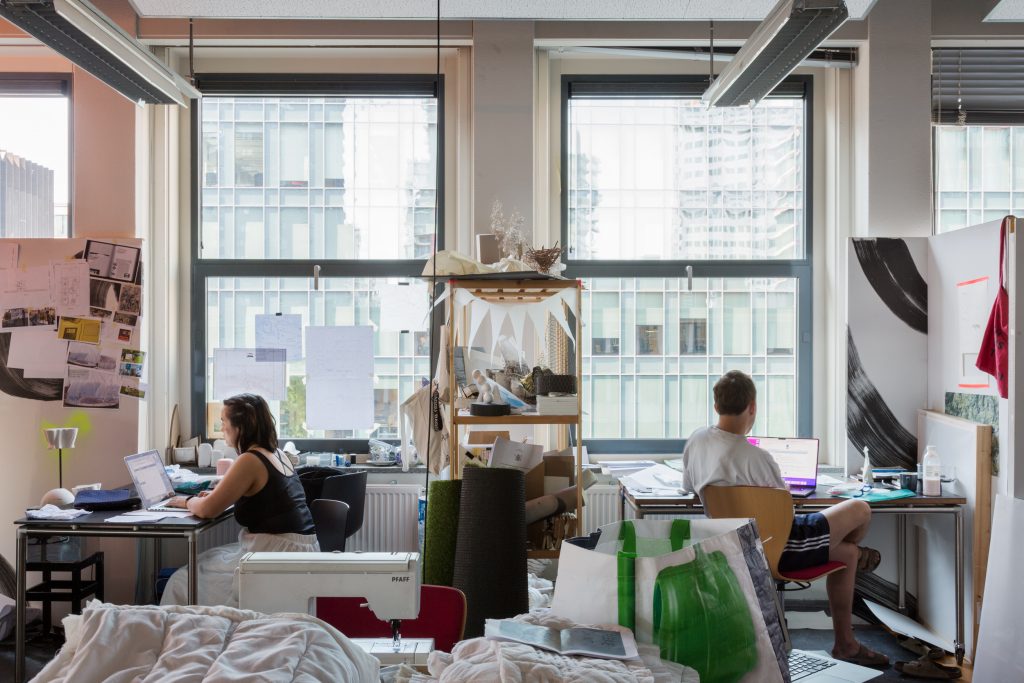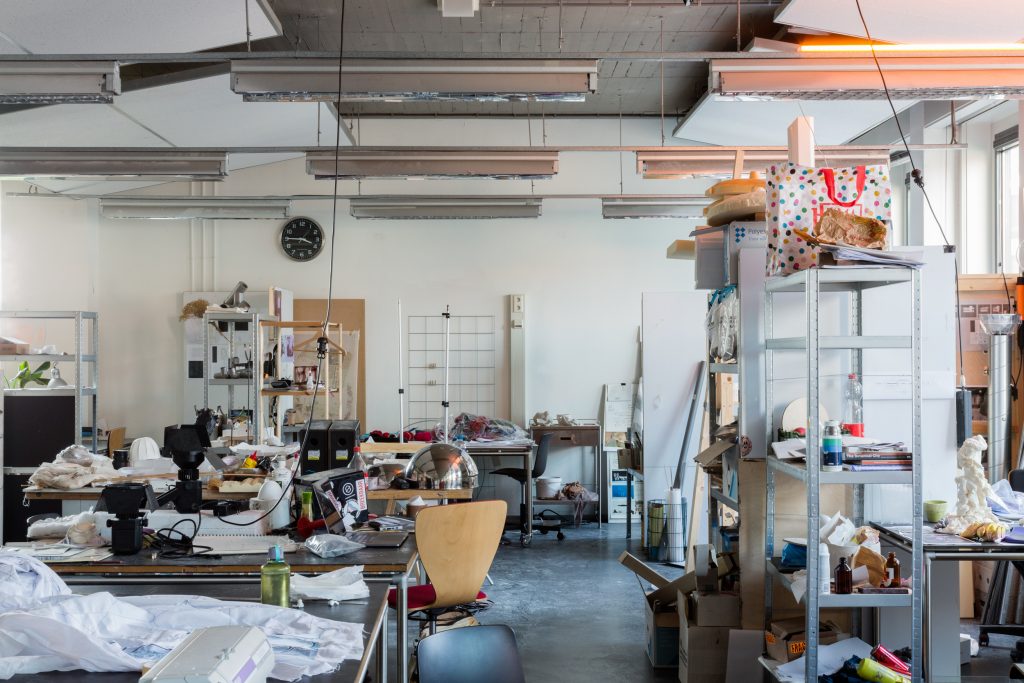MIARD is a nationally accredited course with a focus on practice-based research and spatial strategies in the field of interior architecture. The two-year program (120 ECTS) is multidisciplinary and students earn a Master of Arts (M.A.) degree. Dutch higher education degrees are internationally recognized.
Research + Design
Research is multifaceted and self-directed in the program. The aim of practice-based research at MIARD is to develop the bodies of knowledge, contextual framework, resources, and methods of a student’s spatial practice, which is learned by doing research. The program identifies research in and through the arts, also known as “artistic research,” which is research by designers and artists that is produced in and through their work and collaborations. The research activity requires a strong sense of curiosity, analysis, and diligence to formulate positions, scrutinize assumptions and cultural systems. In the program, students identify their own subject matter and methods to formulate a distinct area of study, design, and writing. They critically reflect and analyze issues within their field of practice and across a broader social-cultural, historical, and theoretical context. They make informed decisions about the impact of their work in relation to the work of others and its circulation and reception across broader (professional) communities.
Curriculum
The curriculum is multidisciplinary and integrated. We explore a range of topical themes, methods, tools, and formats to educate students to think creatively about practice and modes of production in the context of architecture, interiors, design, and art amid a theoretical, cultural, and historical framework. Writing, reading, and dialogue are viewed as forms of research. Navigating media and technologies imaginatively as a way to materialize and circulate projects to broader audiences. These creative explorations influence and shape a self-directed methodology. The first year of the course establishes relevant research and design skills that prepare students to work on their Graduation Project in the second year. All classes are taught in English.
Curriculum modules include — Thematic Design Projects, Critical Strategies, Multiple Media, and Graduation Project.
Thematic Design Projects
Thematic Design Projects are practice-based projects that explore and open up themes relevant to the field of interior architecture and other forms of spatial and design practice. Themes circulate along multiple agencies, perspectives, and scales, from local issues to global changes, from objects to architecture and beyond. The structure offers students a framework for design, research and critical reflection. The theme serves as a conceptual platform to explore and dissect design and research practices and broader cultural and societal issues. The sequence of thematic projects prior to the Graduation Project develops a student’s portfolio, identifying their areas of interest and practice in the professional field.
The projects are guided by professionals, who come from a variety of disciplinary backgrounds. Whether an architect, designer, interior architect, or another creative professional, these specialists offer advanced insights into contemporary design practices and issues relevant to the professional and cultural field. Events, lectures, excursions, and guest visits are planned in parallel with the project to provide students with a broader professional context.
Critical Strategies
Critical Strategies is composed of two modules: Theory + History and Research Methods. Both modules are scheduled in the first year of studies and are related to one another.
Theory + History: The module is a series of seminars exploring critical and analytical practices across disciplines within various forms of media. Writing, reading and dialogue are key activities in the course. The aim is to develop a student’s maturity and confidence to form ideas and creative vision, build opinions, and critically approach their area of interest. Attention is paid to the way interiors and the larger (built) environments have historically been shaped by the ideas of the designer, in addition, the social, economic, political, cultural, and technological factors are influential forces. Relevant media is assembled to offer a theoretical and critical backdrop to the theme and activity of the thematic design project. Pedagogical and learning activities vary from guest talks, film screenings, field trips to cultural events, and studio visits providing a stimulating platform for learning and debate.
Research Methods: The research module develops a student’s ability to perform research as a multilayered activity and to formulate research intentions relevant to their area of interest and design work. Different research methods and techniques are illustrated through the use of case studies, visual research, archival sourcing, fieldwork, and discussions. Notable researchers from diverse fields are invited to share their perspectives and practice in the annual lecture series titled, MIARD Talks. The module is further supported with theoretical seminars on the politics and cultural history of research and its permutations, effectiveness, and current role in design practice.
Multiple Media
Design projects rely on a multiplicity of media systems and formats. These systems are in flux as new technologies, tools and paradigms shift contemporary societies. In the Multiple Media module, students investigate analogue and digital tools and current forms of visual and content methods to experiment and develop their design projects. Graphic design and communication are explored through film, virtual reality, artificial intelligence, social media, the Internet, exhibitions, and publications. Lectures explore the histories and role of architectural drawing and spatial representation as a form of practice, knowledge and critical research.
During the development of a project, material research is supported and given the space to experiment and materialize ideas. The Stations are production hubs equipped with state-of-the-art technologies, equipment and machinery that are located inside our building to prototype and experiment. The exploration of new developments and innovations in technology, materials, and crafts are activities in the Multiple Media and Thematic Design Project modules.
Graduation Project
The Graduation Project is a yearlong, self-directed exploration composed of a design project and thesis. By merging practice and theory in a multidisciplinary process, students develop a self-directed, critical viewpoint and construct a unique body of work that confronts existing spatial ideologies and expands notions of space. The thesis encompasses the theoretical framework of the design activity: the methods, contexts, questions, and critical and analytical approach of the student. The design project and thesis influence each other throughout the process, creating reciprocity between the two endeavors. During this time, students achieve a level of maturity and autonomy in their practice and professional network; in parallel, the work embodies its own identity with a distinct methodology that guides and illuminates a student’s voice and its broader socio-cultural impact. The final body of work is the accumulation of the two-year educational and professional trajectory at MIARD.
The final projects are exhibited publicly during our annual graduation exhibition, which is planned with the Piet Zwart Institute and Willem de Kooning Academy graduation events in Rotterdam.
Studio’s
